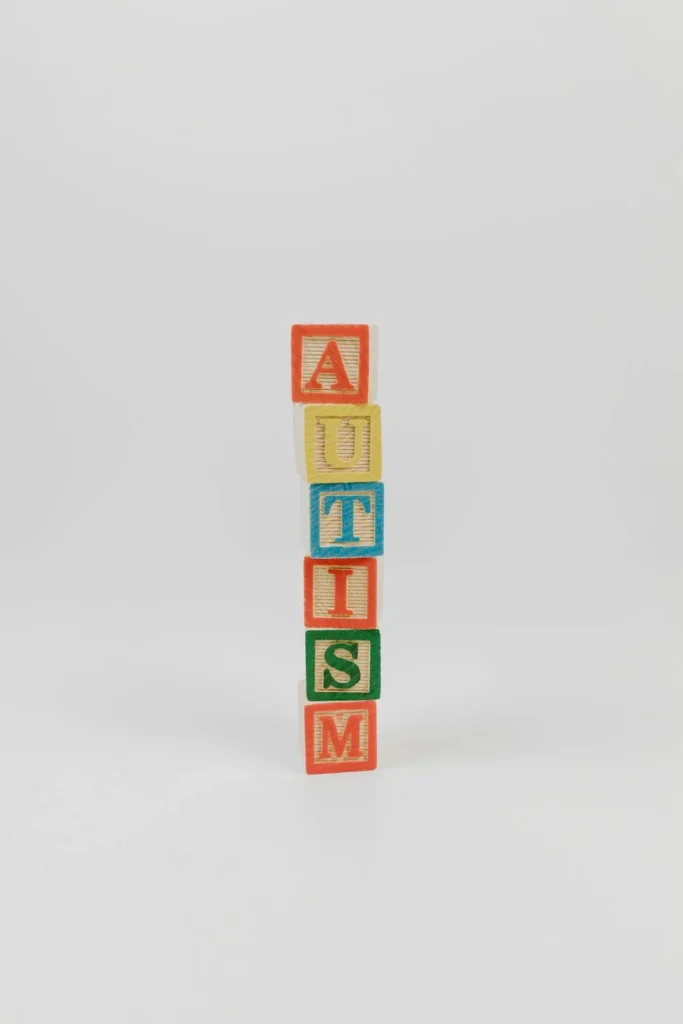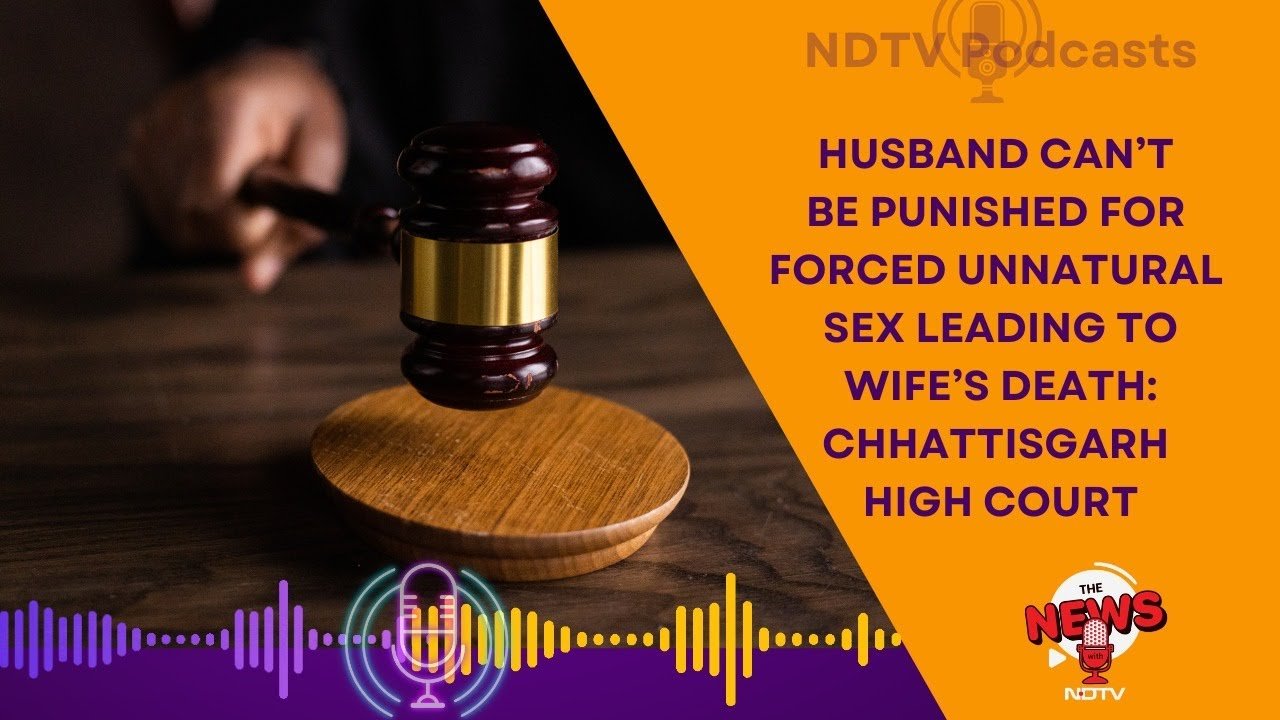The Initial Phase And Doubt
The little one was more than a year old. He had learned to sit, walk, and achieve all his physical milestones. But unlike other children his age, he hadn’t spoken a word—no “Mama,” no “Papa,” nothing. His voice and hearing seemed fine, so the doctors advised the family to be patient. However, by the age of two, he still had not spoken.
Another observation was his extreme hyperactivity, though in a different way. He would move around the house, parks, and his tricycle endlessly, but with no apparent aim, need, or interaction. He seemed lost in his own world. He communicated by crying out loud only when he was hungry or wanted to be tucked into bed. Other than that, he was either running around or lost in thought when tired.

By the time he was over two, his parents decided to seek professional help.
Therapy Begins
I must mention that it was indeed a courageous decision for the parents to visit a psychiatrist. Let me explain why. Even today, many educated people shy away from consulting a doctor because they fear their child will be labeled or believe that medication is harmful.
However, this couple did seek medical advice. After numerous tests and sessions, the doctor concluded that the child was indeed on the autism spectrum. They were first referred to a speech therapist, who advised the family to communicate with the child in a single, familiar language. After careful consideration, they chose English. To this day, the teenager speaks primarily in English, with little Hindi or his mother tongue.

The advice worked wonders—he started speaking fluently in English.
Communication had been another challenge, but learning to speak significantly improved it. Additionally, occupational therapy helped enhance his fine motor skills.
By the time he was three, he had begun speaking. At five, he started medication for ADHD.
Schooling
He was admitted a year late, but I must commend the school for being very inclusive. With his mother actively involved, kindergarten-level academics were well-managed. Interestingly, he found mathematics easy, and his English alphabet and word writing were good.
However, comprehension was a challenge. Understanding a story, interpreting a paragraph, and grasping logic were difficult for him. Again, the school provided great support. With ADHD medication working well, a shadow teacher was appointed to assist him, making things more manageable. He wasn’t at the top of his class, but he performed at an average level, and promotion rules were lenient until the 8th standard.
Migration
Things went smoothly until the 2nd or 3rd grade. Then, the introduction of Hindi and the local language became overwhelming.
What made matters worse was the joint family setup and certain relatives. Being on the spectrum, his behavior was different. He wasn’t street-smart and struggled with effective conversation. Despite his parents’ openness about his condition, many others treated him like an outcast.
Long story short, family troubles and a great opportunity abroad led them to move to the U.S.
Life Abroad
It was a completely different experience in another country. The child was reassessed, and the diagnosis and treatment plan remained the same. However, the parents were advised to enroll him in a special school for children with special needs.
Though academics in the U.S. seemed simpler in the early years, they became increasingly challenging in higher classes. Initially hesitant, the parents eventually agreed, and for the past eight years, their child has enjoyed a happy childhood.
High School And Future
He will soon be graduating high school. Since he has always been good at mathematics and logical reasoning, he has excelled in coding. Thanks to his relatively flexible curriculum, he has been taking online coding and music classes.
Universities there offer skill-based programs for children with special needs, and his parents have chosen a diploma in coding for him. His therapies continue successfully, and he is also a champion swimmer and cyclist.

When you meet him, you might notice that he’s different—often in his own world, a little moody, and not very interactive. He speaks only when spoken to. However, there is a vast difference between how he is now and how he was before treatment began. With ADHD medication, his anger issues have mellowed, and he has become far more mature and focused.
The Scenario in India
As a teacher, I believe that inclusivity rules in India are quite strong. All educational boards provide provisions and relaxations for children with autism, ADHD, and learning disabilities. Schools officially employ counselors who assess students and guide teachers and parents as needed.
Moving abroad is not always necessary.
Conclusion
To all new parents out there—if your child is diagnosed with autism, please don’t lose hope. Visit schools, research inclusive institutions, and stay in constant touch with teachers. Most importantly, never hesitate to seek treatment.
Accept your child first, if you expect others to. With strong support from family and school, your child can achieve wonders.
Disclaimer: This write-up is a true story, detailing my observations of how a certain family identified autism and addressed it. Therefore, I will not reveal any names. Moreover, I am not providing any medical advice or passing judgment. This is only meant to raise awareness among young parents.

By Preethi Warrier
Preethi Warrier has completed her Masters in Electronics Engineering and is an Assistant Professor. She is one among the winners of the TOI Write India Campaign Season-1, for the famous author Anita Nair. She can be contacted at : warrier.preethi@yahoo.com

















Facebook Comments